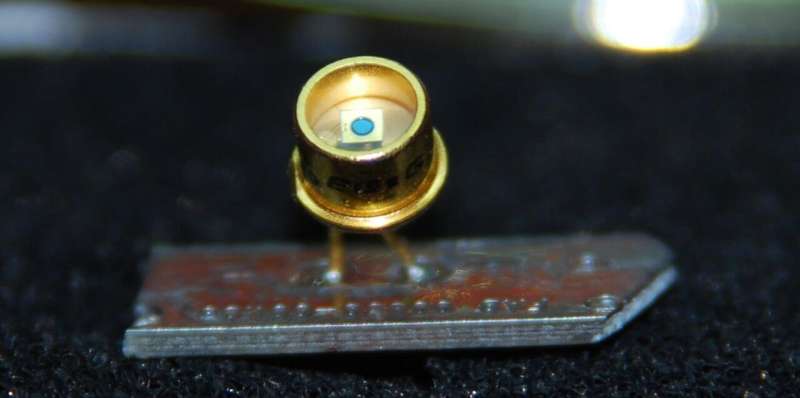Hannah Cleary, a pharmacist and PhD researcher at Trinity College Dublin, is revolutionizing drug delivery through her research on long-acting injectables (LAIs). In her final year of a PhD program with the SSPC (Science Foundation Ireland Research Centre for Pharmaceuticals), she explores the mechanisms behind how these formulations are absorbed in the body. Her work aims to enhance patient care by ensuring consistent medication levels over extended periods.
Cleary’s research highlights the significance of “trust and transparency in scientific communication.” She emphasizes that researchers have a responsibility to engage openly with the public about not only their results but also the uncertainties and limitations inherent in scientific discovery. “We need to communicate effectively, to foster understanding and trust,” Cleary states.
Understanding Long-Acting Injectables
LAIs can deliver medication for weeks or even months, making them vital for maintaining stable drug levels in patients’ systems. Cleary’s research investigates how these injectables dissolve and are absorbed into the bloodstream. When an LAI is administered, it forms a depot in the muscle tissue, where the drug gradually dissolves and diffuses.
The challenges in designing effective LAIs stem from the incomplete understanding of the dissolution and absorption processes. Factors such as local physiological conditions and the specific pharmaceutical properties of the formulation play crucial roles in determining how well the drug is released and made available in the body.
To address these challenges, Cleary employs a combination of physiologically based pharmacokinetic (PBPK) computational modeling and laboratory testing techniques. This multidisciplinary approach aims to develop in vivo predictive dissolution tests for LAIs, ultimately improving the design, testing, and application of these advanced formulations in patient care.
The potential applications of LAIs are vast, ranging from antipsychotics and contraceptives to new therapies for chronic diseases. However, the complexity of their release and absorption behavior can complicate predictions of their efficacy across different patient populations. By enhancing understanding through PBPK modeling, Cleary’s research seeks to optimize formulation design, reduce development costs, and improve patient adherence and safety.
A Passion for Research and Patient-Centered Care
Cleary’s journey into pharmaceutical research began at University College Cork, where she completed her master’s in pharmacy. During her studies, she developed an appreciation for how research can influence patient outcomes and public health beyond the dispensary. Her involvement in various projects, including those focused on pharmacy education and healthcare disparities, fueled her enthusiasm for research.
Her secondary school experiences, particularly with inspiring teachers, also shaped her path. “Mrs. Greene and Mrs. Sweeney nurtured my curiosity and passion for science,” she recalls. They encouraged her to question and connect ideas, laying the foundation for her future research endeavors.
In her current work, Cleary aims to bridge the gap between laboratory research and clinical application. She believes that understanding how drug formulations behave in the body directly impacts how medicines are prescribed and experienced by patients. “Patient-centered care is always in my mind, whether I’m conducting research in the lab or working in a community pharmacy,” she explains.
One of the primary misconceptions in pharmaceutical research is that it is solely laboratory focused. Cleary actively communicates the relevance of her work to real-world health outcomes, making complex scientific concepts accessible. Her analogy of making a cup of tea helps illustrate the drug dissolution process. In this comparison, tea leaves represent the drug, while the tea bag symbolizes the depot where the drug resides in the muscle. As the tea steeps, the granules dissolve, just as the drug does in the body.
Beyond her research, Cleary enjoys participating in science outreach and presenting at conferences. These opportunities allow her to engage with broader audiences and share the impact of her work on patient care. “It’s important to connect with people who might one day benefit from the therapies we help improve,” she says.
Hannah Cleary’s work embodies the intersection of science and patient care, emphasizing the vital role of research in enhancing healthcare outcomes. Through her innovative approach to drug delivery, she aims to contribute to the development of more effective, patient-centered therapies, ultimately improving access to medications for those in need.







